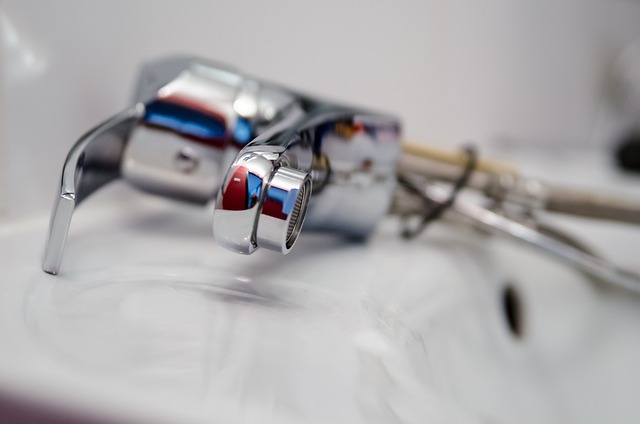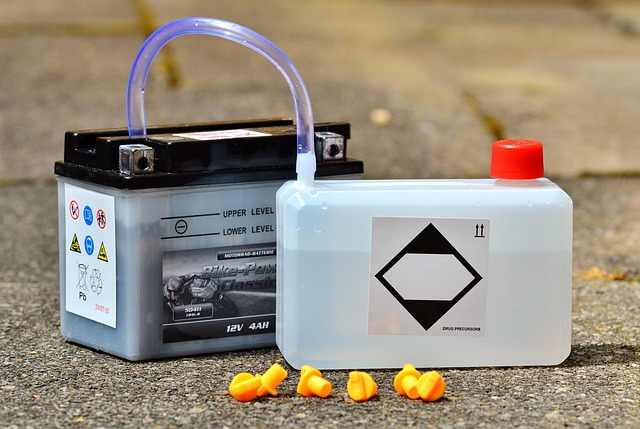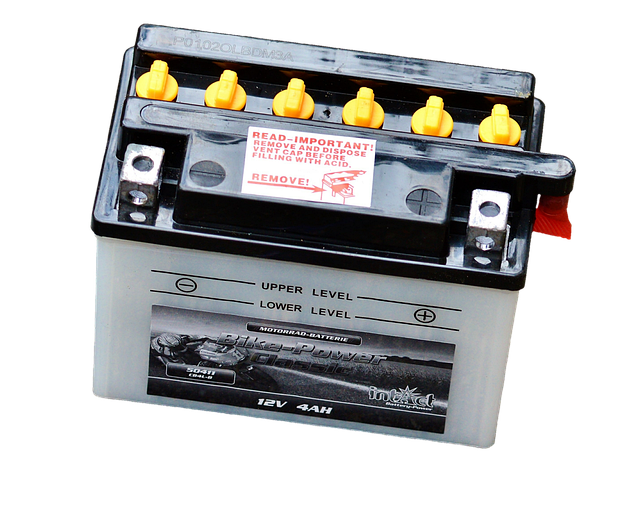Electric vehicles have become a cornerstone of modern mobility, and the heart of every electric car is its battery. While many drivers focus on range anxiety and charging infrastructure, the long‑term health of the battery depends on routine maintenance and timely battery repair. In this guide we will explore practical steps that owners and service technicians can take to keep the battery in top shape, reduce downtime, and extend the lifespan of the entire drivetrain.
Understanding the Battery Pack and Its Role in the Engine System
Unlike internal combustion engines, electric cars rely on a high‑capacity lithium‑ion battery pack to supply power to the traction motors. The battery functions as both an energy store and a dynamic regulator, feeding current to the motor while also drawing power from regenerative braking. Because the battery pack sits at the core of the propulsion system, any degradation can affect performance, efficiency, and safety. Battery repair, therefore, must be approached with a holistic view that incorporates thermal management, electrical integrity, and component wear.
Common Indicators That Battery Repair Is Needed
Several symptoms can signal that your battery is heading toward a repair phase. A sudden drop in range, increased heat generation, warning lights on the dashboard, or irregular motor response are all red flags. Additionally, if you notice a noticeable increase in voltage fluctuations or the battery’s state‑of‑charge estimates become unreliable, it may be time to inspect the cells for imbalances or internal faults. Proactive battery repair can prevent more extensive damage and costly replacement.
“Early detection of battery issues often means the difference between a minor repair and a major overhaul.” – Automotive Systems Analyst
Step‑by‑Step Battery Inspection Routine
A thorough inspection starts with a visual check of the battery enclosure. Look for dents, corrosion, or loose connectors. Then move on to a diagnostic scan using the vehicle’s onboard computer, which can provide detailed data on cell voltage, temperature, and internal resistance. If the diagnostic tool flags an anomaly, narrow the focus to the affected module or cell cluster. A well‑documented inspection routine ensures that any future battery repair can be carried out with precision and minimal interruption to the car’s operation.
Thermal Management: The Silent Guardian of Battery Health
Batteries perform best when maintained within a narrow temperature range. Overheating can accelerate chemical degradation, while freezing can cause electrolyte loss. Modern electric cars employ liquid cooling systems, but they rely on adequate coolant flow and proper sensor calibration. During a battery repair, technicians should verify that the cooling loops are free of leaks, that the coolant level is correct, and that temperature sensors are accurate. Replacing a worn thermostat or adding a thermal blanket can mitigate heat spikes during hard acceleration or prolonged highway use.
- Check coolant levels and quality.
- Inspect coolant lines for kinks or leaks.
- Test temperature sensors against known standards.
Common Repairs and Their Impact on Performance
When a battery requires repair, the goal is to restore balance and reliability. Common tasks include rebalancing the cell pack, replacing damaged cells, or repairing connector contacts. Rebalancing aligns the voltage levels of each cell, reducing stress on individual units and extending overall life. Replacing cells is often more economical than a full pack swap, especially if only a few modules are affected. Finally, repairing loose or corroded connectors can resolve intermittent power delivery that leads to unexpected motor stalls.
Balancing Cells: A Simple Yet Powerful Fix
Modern battery management systems (BMS) constantly monitor cell voltages. If a few cells lag behind, they can create bottlenecks, forcing the BMS to limit output to keep the pack balanced. Over time, this restriction can manifest as a reduction in power during high‑load situations. By manually rebalancing or allowing the BMS to perform a full balancing cycle, the battery regains uniformity. This small intervention often restores lost performance without the need for expensive component replacements.
When to Seek Professional Battery Repair Services
While some battery maintenance tasks can be performed at home, many repairs require specialized tools and expertise. If you notice persistent warning lights, a consistent loss of range, or if the diagnostic software flags high internal resistance, it’s prudent to consult a professional. Certified service centers have access to calibrated testing rigs, replacement cell packs, and safety protocols to handle high‑voltage systems. A professional assessment can also uncover hidden issues such as cell voiding, electrolyte leakage, or BMS firmware glitches that might compromise safety.
Future Trends in Battery Repair for Electric Cars
The electric car industry is evolving rapidly, and so are the approaches to battery repair. Advanced diagnostics using AI can predict cell failure before it becomes critical, allowing preemptive maintenance. Modular battery designs enable swapping entire modules rather than individual cells, speeding up repair times. Moreover, recycling programs are emerging that recover valuable materials from spent batteries, reducing the environmental impact of battery replacement. Staying informed about these trends ensures that vehicle owners and service technicians can adopt the most efficient repair strategies.
Key Takeaways for Electric Car Owners
• Regular inspections and diagnostics help catch issues early.
• Maintain proper thermal management to protect cell chemistry.
• Balance the battery pack to preserve peak performance.
• Seek professional help for complex repairs or persistent warnings.
• Stay updated on industry innovations to make smarter repair choices.
Closing Thoughts
The longevity of an electric car’s battery directly influences the vehicle’s reliability, performance, and overall cost of ownership. By treating battery repair as an integral part of regular car service, owners can avoid unexpected breakdowns, keep their engines running smoothly, and contribute to a more sustainable automotive future. Remember that battery repair is not a one‑time fix; it’s an ongoing relationship between the vehicle and its maintenance routine. Nurturing that relationship ensures that the electric car continues to deliver the power and efficiency that modern drivers expect.




